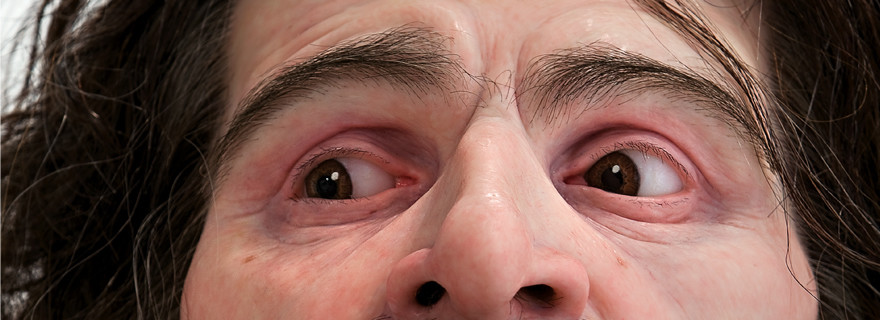B.
From the director
Gallery
As many of you know, Christchurch Art Gallery has been closed to visitors since 22 February 2011 when an earthquake measuring 6.3 on the Richter scale struck New Zealand's second largest city. It's the second major earthquake to strike Christchurch and came just over six months after the first on 4 September 2010.
For ten days after that first earthquake, our sturdy building was used as the Civil Defence hub from which the initial stages of the disaster management and recovery were planned. As the Civil Defence teams were moving out, we were receiving crates and re-building spaces to open the amazing Ron Mueck exhibition in October 2010. At the time, I speculated that the success of that show might be symbolic of the rebirth of Christchurch, and reinforced how pleased the Gallery was to be helping the city pick itself up and get on with life.
Our Gallery stood as an expression of recovery and revival – indicating the possibility of renewal and energy in the heart of the city – and it's a role we'd like to reinforce into the future. But Christchurch still had more upheaval to bear and, following February's devastating aftershock, we need once more to deal with the reality of the present. Tragically, this time Christchurch did not escape without major loss of life, and we would like to offer our sincere condolences to the relatives and families of the dead. Our thoughts are very much with all those affected by this disaster.
The Gallery is once again the primary base of operations for some 400 Civil Defence staff, as well as an elegant and solid backdrop for news reports sent around the world. Emergency staff are occupying ground- and first-floor exhibition spaces, offices, meeting rooms, the auditorium, education spaces and staff rooms – at first for twenty-four hours a day, now for fewer. Normally used for incoming and outgoing works of art, our loading bay now handles a constant flow of Civil Defence supplies, while the Gallery café has been set up to feed hordes of fluoro-coated workers.
As an institution, our first concern has of course been for our staff, all of whom have made it through this upheaval. We're pleased to say also that, during both earthquakes, the Gallery building proved itself to be made of mercifully strong stuff. It behaved as it was designed to, with back-up generators kicking in immediately to restore power, and thankfully damage to works of art on display and in our collection stores has been minimal.
However, almost every area of the Gallery has been shaken up and the Gallery team is now working to restore some spaces and take stock of the damage. Several of our staff are dealing with considerable losses on the home front, but we're glad so many are also pitching in on the huge number of tasks that need doing here and, in some cases, in other parts of the city in a voluntary capacity. The Gallery's back-up systems operated according to plan and Gallery humidity control and temperature systems have been maintained, but there is damage to lighting systems, ceilings, and in some places the fabric of the gallery interiors. Order is now restored to the library and archives area, but conservation areas still require remedial work. Among the largest of the jobs ahead is an extensive check of all works in collection storage which may have received damage we didn't notice on our first checks.
At this stage we are hoping that the Gallery will reopen to the public in early July, but given the scale of the disaster the city is facing, some civil defence teams are expected to be in residence for some time to come. In the meantime, we have cancelled or rescheduled a number of key elements in the exhibitions and public programme. We are working hard to reshape these, and looking forward to being one of the first major public buildings to re-open in the central city. When that happens, we want to continue to offer a sense of optimism and renewal – and it's clear that community spirit is going to play a strong part.
